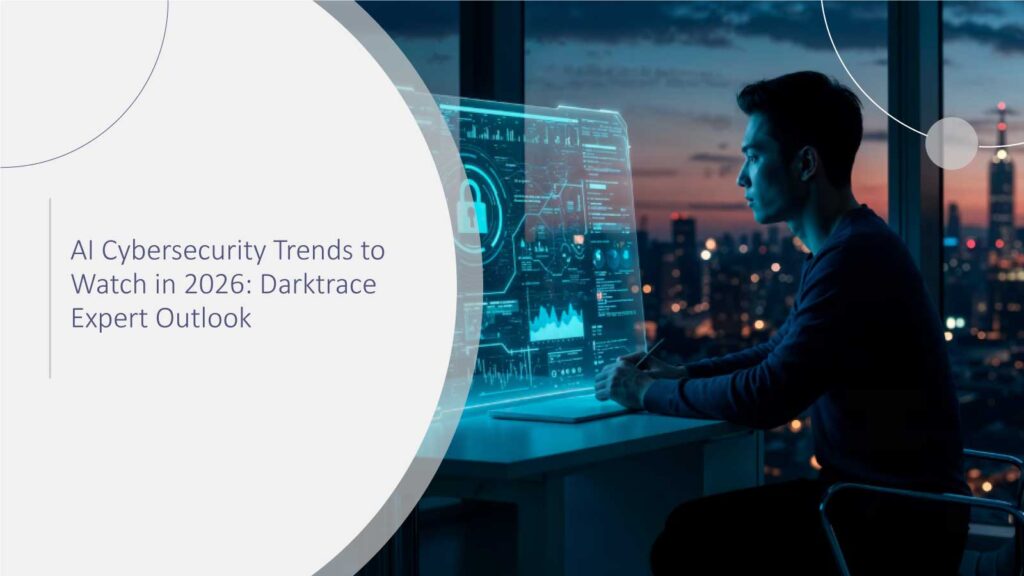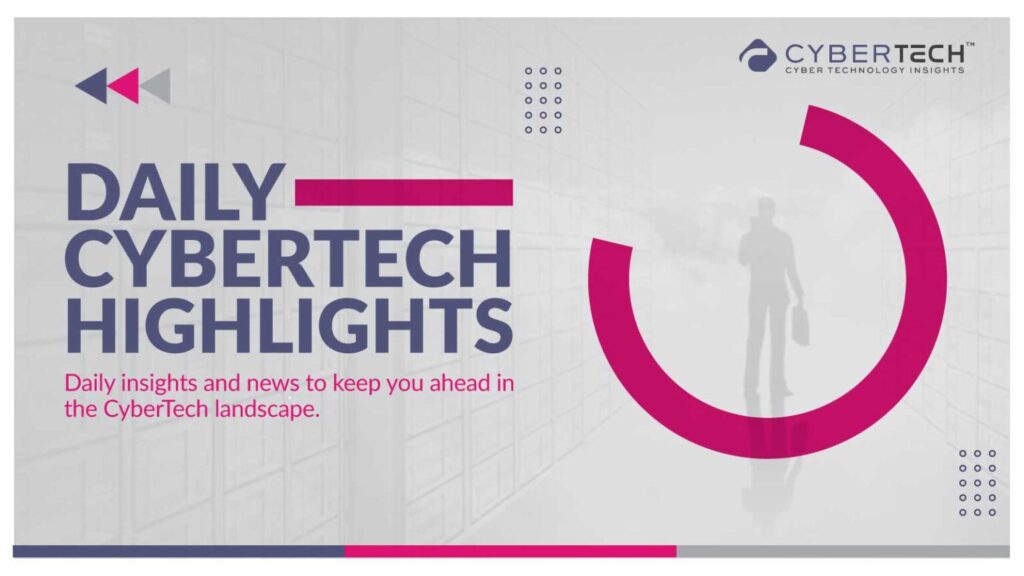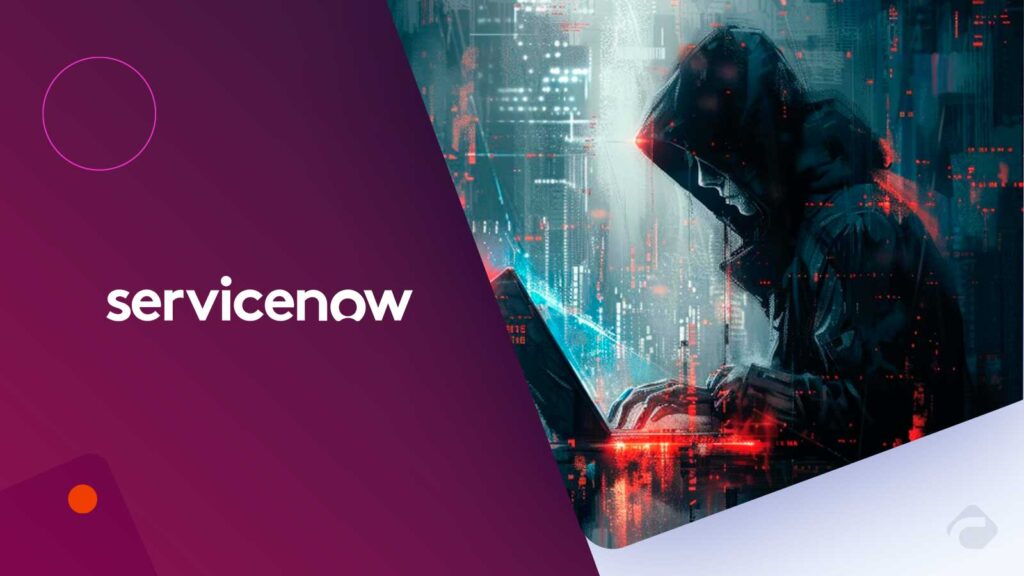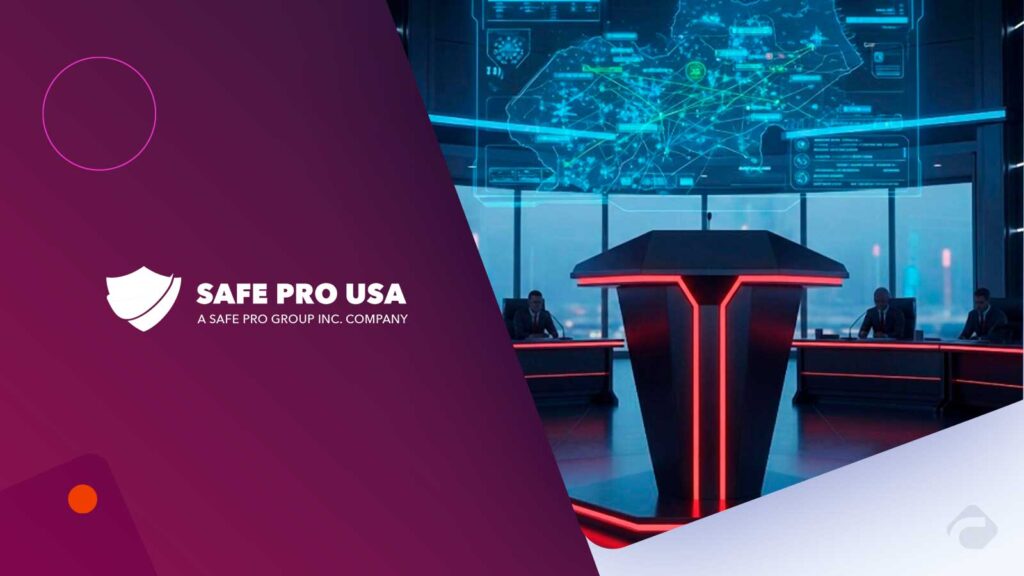By 2025, serverless computing will have transcended developer technology and become a crucial component of IT company planning. This article describes the development of serverless Architecture and also the new security issues it presents. How IT and security leadership create a more robust and secure infrastructure.
Serverless architecture has transitioned from a developer tool to a strategic asset for contemporary businesses. First launched through offerings such as AWS Lambda and Azure Functions. It enables companies to scale quicker, cut costs, and enhance agility. But with these advantages come new security issues that traditional IT approaches are not able to solve. Certainly, as we enter 2025, IT leaders and security professionals must understand the implications for enterprise security of serverless architecture. How to build solid, secure infrastructures in this new environment.
The Early Days of Serverless Architecture (2014–2020)
Serverless architecture initially became trendy with the launch of AWS Lambda in 2014. It released as another means to simplify development, whereby the developers would run code without provisioning or managing servers. As the companies moved to cloud-native technology at a higher rate, it was also evident that serverless was not a trend; it was a revolution.
The Early Challenges:
Security Issues: Early on, security professionals were wary of serverless. Certainly, with workloads on shared infrastructure, it raised issues of data separation, access, and compliance.
Vendor Lock-In: Most organizations were hesitant due to the fear of being overly reliant on a single cloud provider, which would limit flexibility and drive up costs.
Visibility Gaps:
Organizations need real-time visibility into threats and problems to identify them. Indeed, as functions become more transient and decoupled, basic monitoring and logging tools do not provide the visibility required to identify threats or problems in real-time. Despite these issues, the potential for reduced operational expenses and faster development cycles propelled serverless adoption forward.
Major Milestones in Serverless Evolution (2021–2025)
2021–2022: Multi-Cloud Serverless Picks Up Momentum
The emergence of multi-cloud environments enabled serverless functions to run on different providers, making it easier to avoid vendor lock-in. Solutions like Knative and OpenFaaS enabled portability between cloud providers and allowed organizations to develop more flexible, resilient architectures. Security guidelines began to emerge, such as the OWASP Serverless Top 10, providing much-needed guidance on how to secure serverless applications.
Stateful Serverless Functions and DevSecOps Integration in 2023
Serverless architecture was made more robust with the introduction of stateful serverless functions. Azure Durable Functions and AWS Step Functions were some of the services that allowed developers to manage long-running operations and stateful workflows, adding capabilities for complex applications. The advent of DevSecOps (Development, Security, and Operations) meant that developers directly integrated security into the serverless development process. Automated security scanning, vulnerability testing, and real-time monitoring became increasingly prevalent, offering greater visibility and control.
Serverless Containers and Advanced Security Integration in 2024–2025
The boundaries between serverless and containers started to fade. Serverless containers like AWS App Runner and Google Cloud Run appeared, offering developers even greater flexibility in deploying containerized applications without worrying about underlying infrastructure. Zero Trust security architectures were rolled out across serverless landscapes to address the increasing demand for serverless workload security.
This involved a move towards securing APIs and implementing strict identity and access management (IAM) policies to reduce risks from untrusted network environments. The space of serverless security also saw the advent of sophisticated runtime protection solutions and security mesh architectures that provided automated threat detection and response for serverless workloads and functions.
How Serverless Architecture Helps IT Security in 2025
As we step into 2025, Serverless Architecture is fast emerging as an enterprise strategic asset to scale securely and tackle the complexity of operations. Embracing serverless can bring a variety of advantages that immediately resonate with their objectives of securing more, costing less, and scaling better.
Increased Security with Less Infrastructure Management
One of the key benefits of Serverless Architecture is that it abstracts the majority of the underlying infrastructure management. This lowers the impact of securing physical or virtual servers, reducing the attack surface. Security teams can concentrate more on securing the application layer and data and less on managing hardware and operating systems. With less to manage, the security point of focus goes to shielding what matters most.
Faster Incident Response and Threat Detection
Instant provisioning and automated scaling allow security teams to notice and mitigate potential security incidents more quickly. Serverless functions provide an ephemeral way by allowing for the fast separation of compromised functions when a breach is detected, hence reducing the impact of a potential attack. Security technologies’ scalability guarantees that protection is maintained without taxing resources, enabling a quicker response to new threats.
Cost-Effective Security Investments
With a move to Serverless Architecture, businesses can substantially cut the costs of maintaining and securing conventional server-based infrastructures. Cloud vendors handle the underlying infrastructure, which implies organizations only cover the compute resources they use. Pay-per-use ensures that security operations are cost-effective. Resources are consumed only where necessary. Because of that, the requirement for specialized security personnel to keep hardware or server-level security configurations at bay is reduced.
Improved Compliance and Data Protection
Using Serverless Architecture can make it easier to conform to compliance standards like GDPR, HIPAA, or PCI DSS. Serverless functions encapsulate much of the data storage and processing, assisting in protecting sensitive data and in complying with regulatory controls. Encryption and other security features built into cloud providers assist in protecting sensitive data without the need for manual intervention from security teams. The automation makes it simpler to comply and diminishes the complexity of audits.
Zero Trust and Access Management
Serverless Architecture is highly compatible with zero-trust security architectures, where all requests, internal or external, are constantly authenticated, authorized, and encrypted before access is ever granted. Identity and access management solutions impose rigorous controls on serverless functions, and micro-segmentation adds protection against lateral movement in case of a breach.
Support for Scalable and Resilient Security Practices
Since serverless workloads automatically scale, security solutions are able to scale with them, offering resilience that traditional infrastructures may not be able to match. Serverless applications provide systems to stay secure under heavy loads or unforeseen traffic spikes, while security measures adapt automatically to maintain pace. Moreover, automated failover during failure guarantees workloads transfer seamlessly, limiting downtime and exposure.
Smooth Integration with DevSecOps
Serverless environments enable more integrated security into the development pipeline. Developers use DevSecOps to integrate security into serverless apps from the beginning, and they fix vulnerabilities before deployment. Automated security testing and vulnerability scanning ensure secure serverless functions are preserved throughout development, testing, and production.
By 2025, Serverless Architecture won’t be a trend of growth but a ubiquitous part of IT infrastructure today. With greater security, scalability, cost savings, and compliance, serverless enables meaningful value for organizations seeking to maximize their activities without compromising security.
As more and more companies start to use this architecture, being able to transfer powerful security processes, from Zero Trust models to automated DevSecOps, further to serverless applications, will be paramount to maintaining their security and ability to withstand assaults. Serverless Architecture provides clear benefits: faster deployment, reduced administrative overhead, and improved resource allocation, making it an essential component for companies that must thrive within an increasingly complex and dynamic security environment.
FAQs
1. What is Serverless Architecture, and why is it important in 2025?
Serverless Architecture lets companies run applications without managing servers directly. In 2025, it’s important because it helps businesses scale faster, save money, and stay more secure without handling the heavy work of traditional infrastructure.
2. Is Serverless Architecture secure enough for sensitive data?
Yes, modern Serverless platforms have strong built-in security features like encryption, access controls, and also compliance tools that help protect sensitive data. Plus, companies can add extra layers of security through Zero Trust models and DevSecOps practices.
3. How does Serverless Architecture help cut IT costs?
Serverless follows a pay-as-you-go model, Therefore, meaning you only pay for the computing power you use. There’s no need to maintain expensive servers or hire large infrastructure teams, also which keeps costs lower and more predictable.
4. Can Serverless Architecture work with existing IT systems?
Absolutely. Many businesses use Serverless alongside their existing systems. Certainly, it can integrate smoothly with databases, cloud services, and even older software, helping organizations modernize without having to rebuild everything from scratch.
5. What are the biggest advantages of using Serverless Architecture for security teams?
Serverless Architecture reduces the need to manage infrastructure, also it speeds up incident response, makes it easier to comply with regulations, and supports scalable, resilient security practices. Security teams can focus more on protecting applications and data rather than worrying about servers.







